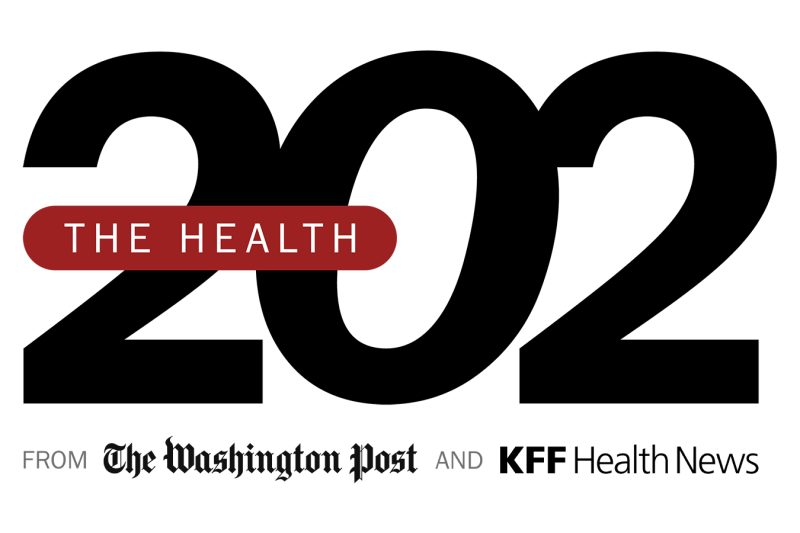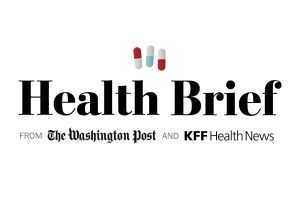Millions of Dollars Flow From Pharma to Patient Advocacy Groups

Pharma money is all over the place — in universities, companies doing continuing medical education for doctors and in prominent patient advocacy organizations that are household names across America.
Public Citizen, a consumer advocacy nonprofit, reports today that between 2010 and 2022, the drug industry’s main lobbying group and member companies provided at least $6 billion in grants to more than 20,000 organizations. The analysis, provided exclusively to KFF Health News in advance of its release, focused on the Pharmaceutical Research and Manufacturers of America (PhRMA) and 31 drug companies that were members of the trade group as of March.
The money dwarfs industry spending over that time on federal lobbying and campaign contributions to lawmakers. With high drug prices a regular topic of debate in Washington, drug industry grants to patient advocacy groups in particular raises questions about conflicts of interest — including whether organizations that accept the industry’s money shy away from pushing policies the drugmakers oppose, even if patients may benefit.
“There’s a risk that those entanglements influence the work of those organizations,” said Matthew McCoy, an assistant professor of medical ethics and health policy at the University of Pennsylvania who has studied patient advocacy groups’ influence and transparency.
He said there’s another important dynamic likely at play, too. Companies aren’t blindly choosing which groups to fund but instead are “probably selecting organizations that are already inclined to see the world, see the policy issues, the way they see it.”
A couple examples you’ll recognize: The American Heart Association received $64.1 million over the 12-year period. The American Cancer Society and its advocacy affiliate, the American Cancer Society Cancer Action Network, together received $23.1 million.
The question is whether the money affects the heavyweight groups’ advocacy. After the House passed the Inflation Reduction Act in August 2022, the American Cancer Society Cancer Action Network’s statement hailed the bill’s cap on Medicare enrollees’ out-of-pocket costs for prescription drugs and additional tax credits for ACA insurance plans. But the group was silent on a contentious provision giving Medicare the ability to negotiate drug prices with manufacturers.
Lisa Lacasse, president of the American Cancer Society Cancer Action Network, said in an emailed statement that the organization didn’t take a formal position on Medicare drug negotiation because “the policy’s impact on patient access to and affordability of cancer treatments was unclear.” In contrast, the Part D out-of-pocket cap “has evidence-based patient benefit.”
- “ACS CAN’s only constituents are cancer patients, survivors, and their loved ones nationwide. ACS CAN’s policy agenda is driven entirely by evidence with the single purpose of achieving our mission to end cancer as we know it, for everyone,” she added. “Contributions to the organization do not influence policy decisions or positions.”
The American Heart Association similarly has touted its support of the three-year extension of enhanced Obamacare tax credits in the IRA, but was silent on drug price negotiation. “We have strict standards in place to monitor relationships with industry and protect against conflicts of interest,” Steve Weiss, a spokesperson for the group, said in an emailed statement. “These funds in no way influence our advocacy, programs or science.”
- “We engage with different organizations who have a wide array of health care opinions and priorities,” Alex Schriver, senior vice president of public affairs at PhRMA, said in an emailed statement. “We may not agree on every issue, but we believe engagement and dialogue is important to promoting a health care policy environment that supports innovation, a highly-skilled workforce and access to lifesaving medicines.”
While the patient groups’ primary mission is to advocate for people with particular diseases, including by boosting funding for research, their work in Washington often bolsters that of pharmaceutical companies whose drugs their patients rely upon. At the same time, the story isn’t always black and white, and just because a group gets money doesn’t automatically make them a “pharma lackey,” said Mike Tanglis, research director at Public Citizen. “It’s not so clean cut,” McCoy added.
The American Diabetes Association received $26.4 million from the drug industry — yet the group supported allowing Medicare to negotiate prescription drug prices. Multiple drug companies have sued to stop the program.
Francisco Prieto, chair of the American Diabetes Association’s national advocacy committee, said in a statement that support from its corporate and other partners allows the group to provide resources about diabetes to health care personnel as well as patients and their caregivers.
“Our partners do not influence our business or policy decisions, which are made solely based on our mission and what is in the best interest of patients around the world,” he said.
Many groups receiving grants do criticize high drug prices generally or highlight patients’ difficulties in affording care. But, “specifically calling out pharma companies doesn’t seem to be a huge priority for them,” Tanglis said.
It isn’t always obvious which groups drug companies are paying. Congress in 2010 enacted the Physician Payments Sunshine Act, a law that required payments to physicians from drug and medical device makers to be registered on a public website. But patient groups were not addressed in the bill. Drug companies’ payments to patient groups can be — but aren’t always — included in annual filings to the IRS or in charitable giving reports.
The American Heart Association in its 2022 annual report lists contributions from corporations, foundations and others. The American Diabetes Association in its latest annual report lists corporate sponsors and ranges for the amounts they give, but not precise dollar figures. Similarly, the American Cancer Society’s most recent report names corporate sponsors giving more than $1 million, but exact amounts aren’t disclosed.
McCoy believes there should be “some kind of mandated transparency across the board” for payments and that patient groups should openly answer questions about steps they take to make sure the funding doesn’t influence their decisions.
“Those are all great things that patient advocacy groups can and should be doing,” McCoy said.
This article is not available for syndication due to republishing restrictions. If you have questions about the availability of this or other content for republication, please contact NewsWeb@kff.org.






